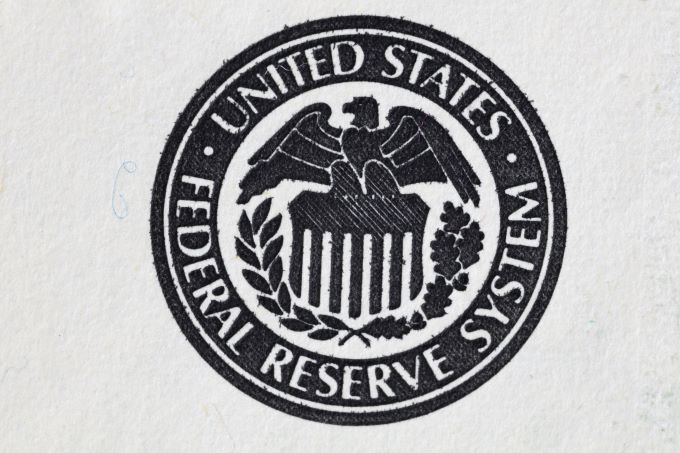 The U.S. Federal Reserve Open Market Committee (FOMC) held its first meeting of 2021 last Wednesday. While as expected, it made no changes to interest rates or its asset purchase program, it did announce a change to its one-month term repo operations – a relatively trivial matter – and more importantly, it changed the language in its latest monthly policy statement in some significant ways which signal a chillier environment for the U.S. economy and stock market, and by extension the global market and economy too.
The U.S. Federal Reserve Open Market Committee (FOMC) held its first meeting of 2021 last Wednesday. While as expected, it made no changes to interest rates or its asset purchase program, it did announce a change to its one-month term repo operations – a relatively trivial matter – and more importantly, it changed the language in its latest monthly policy statement in some significant ways which signal a chillier environment for the U.S. economy and stock market, and by extension the global market and economy too.
FOMC Policy Statement Language Changes
The December 2020 statement noted that the general economy and unemployment levels remained well below where they were during the early part of 2020, before the coronavirus pandemic struck the United States. The January 2021 statement said that “The pace of the recovery in economic activity and employment has moderated in recent months, with weakness concentrated in the sectors most adversely affected by the pandemic…”
In plain English, this change is suggesting that the FOMC is saying that the recovery is slowing down thanks to the ongoing effects of the coronavirus pandemic upon certain sectors of the economy. While technology companies continue to boom in this environment, sectors such as physical retail are in trouble and are dragging down the general economy. While data released Thursday showed that U.S. gross domestic product (GDP) in the fourth quarter of 2020 grew at an annualized rate of 4%, this is not enough to make up the drop suffered during the second and third quarters. Additionally, the market had been expecting annualized growth of 4.2%, slightly higher than the actual data.
FOMC Policy Statement on the Coronavirus
The December 2020 statement spoke of “considerable risks” to the generally favorable economic outlook over the medium-term time horizon. The January 2021 statement removed any reference to the medium-term, which clearly implies that the FOMC is far from certain that enough will be done to avoid serious long-term economic damage from the pandemic. The new statement has also introduced fresh language referring to the need to monitor progress on the campaign to vaccinate enough of the population to end or at least contain the pandemic. This reflects the fact that although the rate of infection has been falling in the U.S., the disease has taken root epidemiologically and will be very difficult to eradicate without the vaccination of at least 60% of the population – and even then, success is not ensured, as it is likely to be only a matter of time before new mutations arise resistant to the current generations of vaccines.
The U.S. is currently vaccinating approximately 1 million people per day. This sounds like a lot, but it is not fast enough to attain herd immunity in less than about 8 months, by which time the vaccine may be out of date. The Biden administration is trying but has no far not been able to exceed the pace of vaccination which was already achieved by the end of the Trump administration. Therefore, the FOMC made sure to highlight the importance of the progress of the vaccination campaign to the U.S. economy.
FOMC Policy Statement Market Impact
Stocks and risky assets, although in a long-term bullish trend, had already begun to sell off in the hours leading up to the FOMC statement release. In the hours immediately following the release, the sell-off continued, with some major U.S. stock market indices seeing their biggest daily drops since October. However, stocks and risky assets recovered strongly on Thursday, suggesting that the true impact of the January 2021 FOMC statement cannot be fully measured just yet. Overall, there is no doubt that the FOMC has painted a darkening picture of the U.S. economy.
